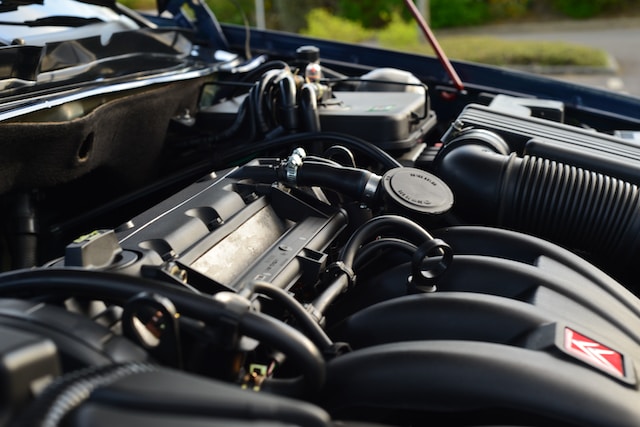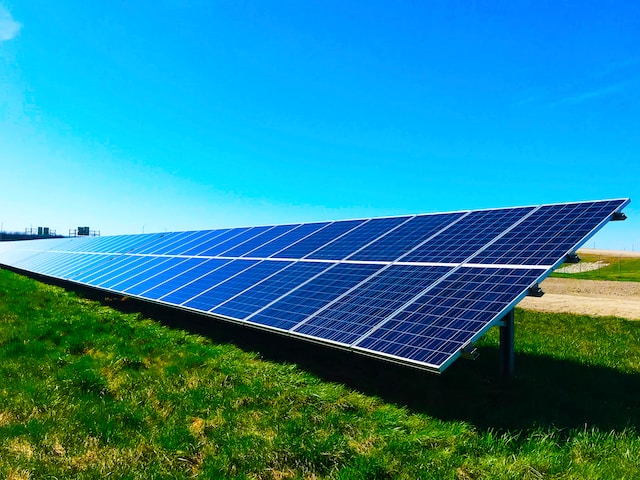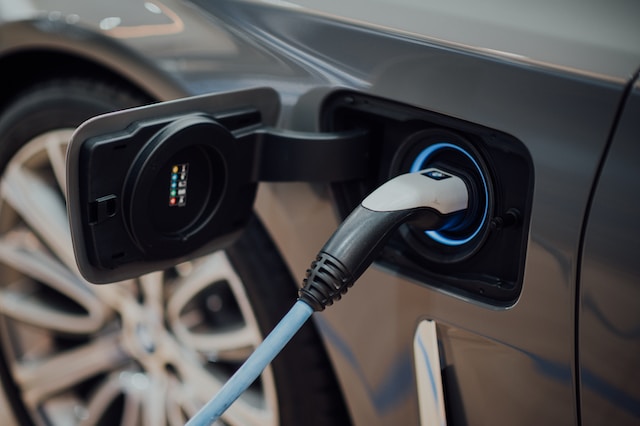A new development of a polymer-based fuel line demonstrates remarkable resistance to the impact of a .50 caliber bullet, exhibiting no detectable fuel leakage.
Researchers at the US Naval Postgraduate School (NPS) have developed a polymer-based fuel line that possesses an exceptional self-sealing capability. The fuel line, created through collaborative efforts by Professor Ray Gamache and Major Chris Phifer, can survive a .50 caliber bullet with zero leakage.
The highlight is the fuel line’s design incorporating a “heterogeneous elastomer system” capable of effectively restoring the fuel line to its original form after sustaining damage. The fuel line prototypes underwent a series of experiments to address the challenge of the fuel line’s entry and exit points.
The researchers created multiple 8-inch hose segments using carefully selected polymers, sealing one end while incorporating a pressure fixture on the other. They achieved the desired outcome by identifying specific properties of the polymers that exhibited superior sealing capabilities for both entry and exit wounds.
To optimize the self-sealing capability, the research team introduced multi-layered polymers with distinct material characteristics. Through trial and error, they found that excessive layers hindered performance. However, combining two different composites in the design successfully achieved the desired self-sealing capability.
Self-sealing materials were first produced during World War I. With technological and industrial advancements, fuel compositions have been transformed. In this study, polyureas and polythioureas emerged as the most suitable materials for the self-sealing fuel line.
These materials exhibited impressive elongation capacity, surpassing conventional rubber, allowing the fuel line to revert to its original shape after penetration by a .50 caliber bullet commonly used for breaching armored vehicles.
The underlying principle behind the self-sealing capability is straightforward, as explained by Professor Gamache. The material must possess sufficient elongation and strength to maintain its original form. When the bullet penetrates the fuel line, the material naturally rebounds and restores itself to its original state.
Beyond fuel lines, the researchers believe that this technology holds promise for a wide range of applications. It can be applied to various fluid-carrying lines, offering instantaneous self-sealing and distinguishing it from other self-healing materials that gradually close over time.
The technology’s potential extends beyond military applications, with implications for enhancing equipment protection, prolonging operational durations, and reducing maintenance demands.







